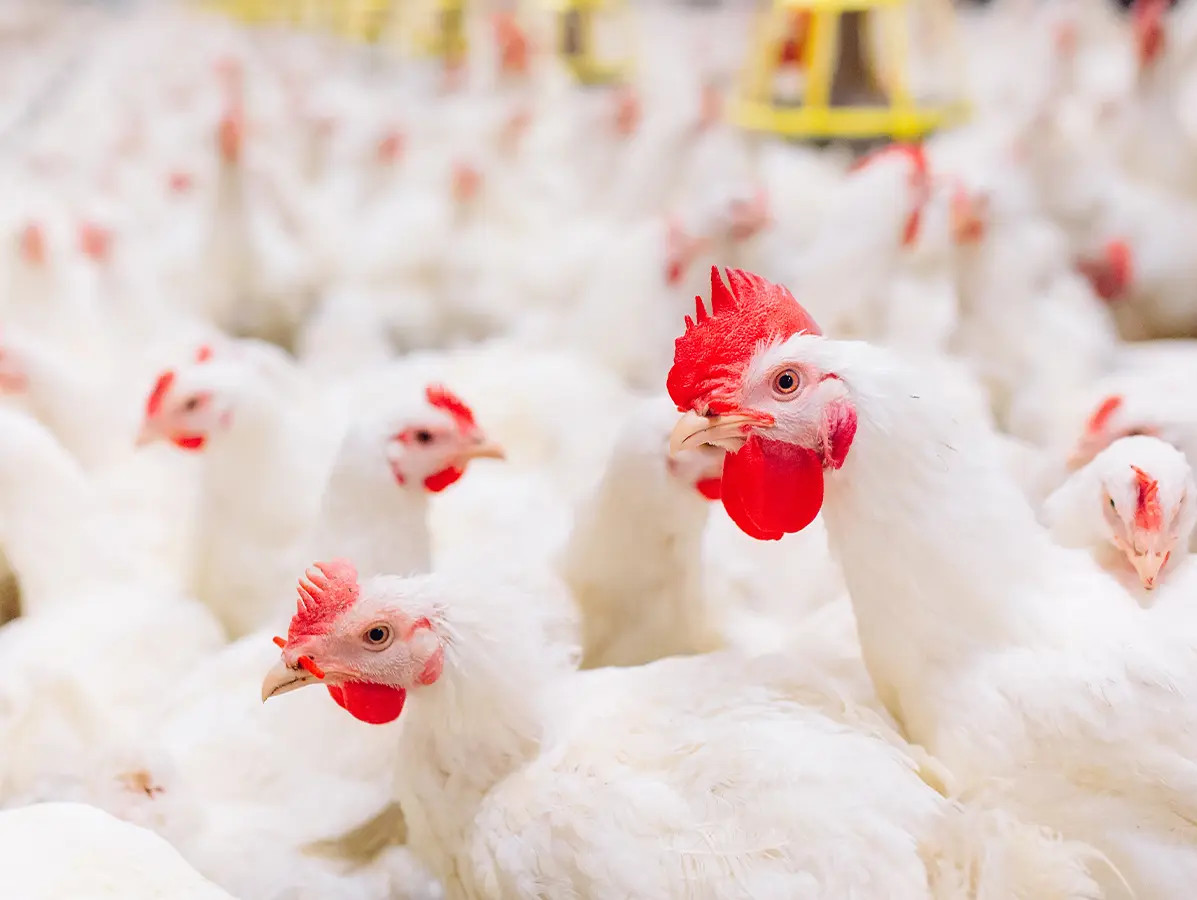
The global poultry trade has undergone significant changes in recent years. According to RaboResearch’s World Poultry Map, trade grew by just 8% between 2018 and 2023, amounting to 1 million metric tons. This modest growth is due to various disruptions, including the COVID-19 pandemic, avian influenza, and African swine fever. In addition, geopolitical tensions, high feed costs, and trade restrictions have contributed to market volatility. The war in Ukraine and trade tensions between Western countries and China have particularly impacted global trade flows.
Despite limited growth in global import volumes, Brazil has strengthened its position as the largest poultry exporter. The country secured nearly 90% of the increase in poultry trade, thanks to low production costs and a strategic diversification of export markets. Countries such as China, Mexico, the UK, and the Philippines have increased their imports, while Saudi Arabia and South Africa have reduced theirs due to food security policies. Besides Brazil, Thailand, China, Ukraine, and Russia have also expanded their exports, while the US and the EU have lost market share.
While trade volumes have grown only slightly, the value of global poultry trade has increased by 20% to 25% since 2020, mainly due to higher prices. The average export price for poultry has risen from $1,400 per metric ton in 2004 to $2,400 today. Inflation, rising production costs, and a shift toward processed poultry have all contributed to this trend. Thailand and China benefit the most from favorable market access, while Brazil, despite being the largest exporter by volume, ranks only mid-range in export value. Growth in the poultry sector is expected to remain limited to 1% to 2% per year over the next five years, with potential shifts in market share due to geopolitical and economic developments.
Source: RaboResearch